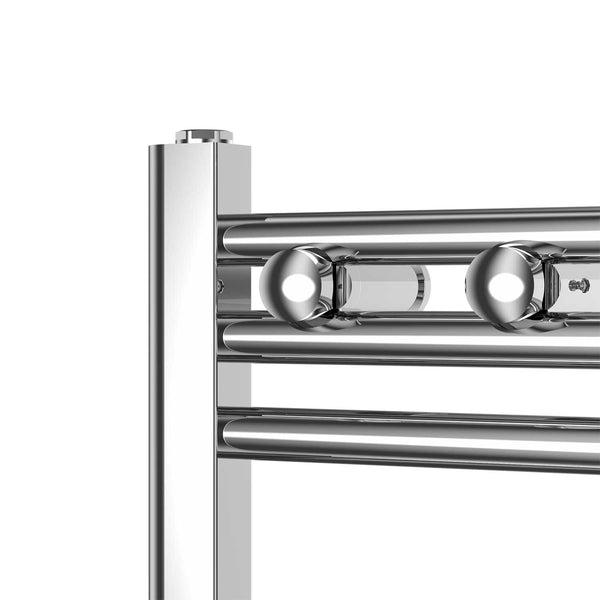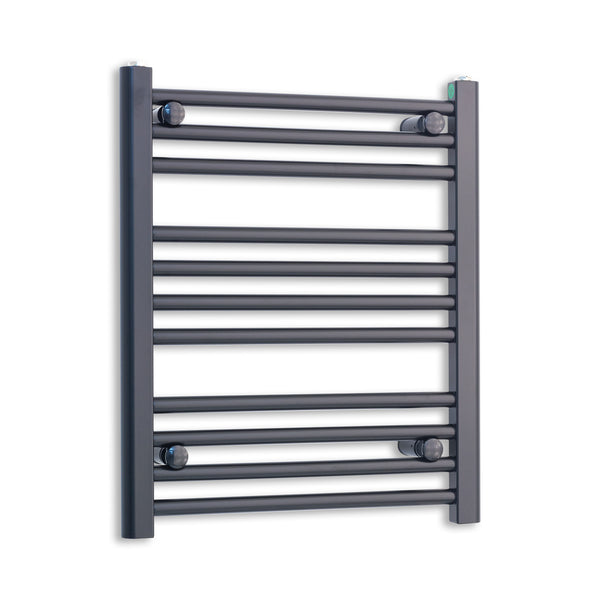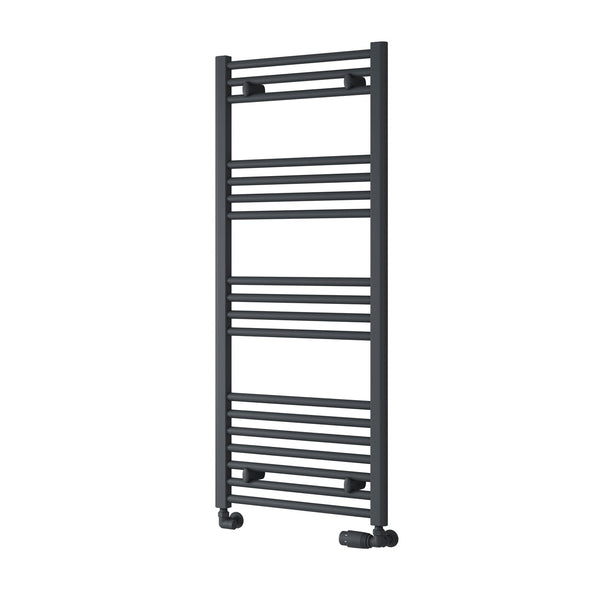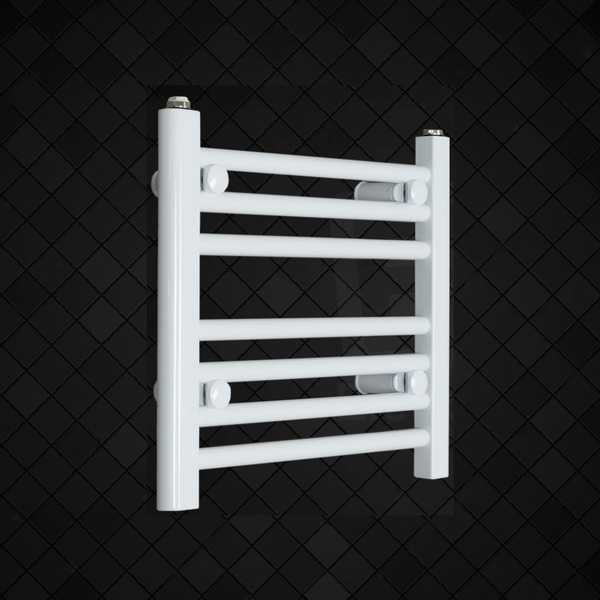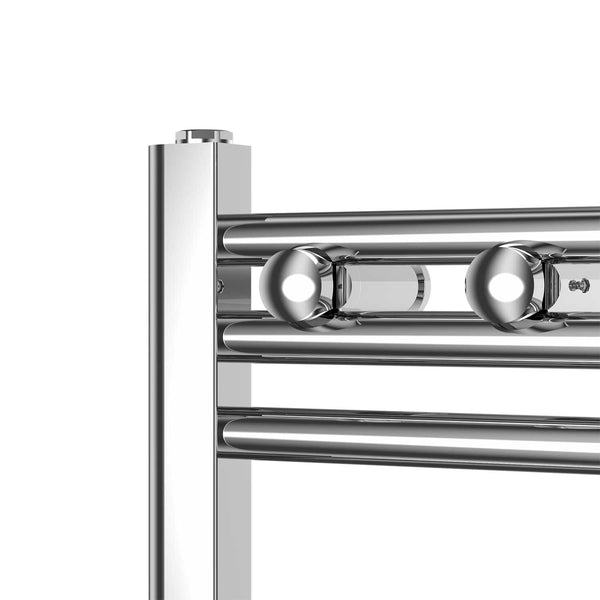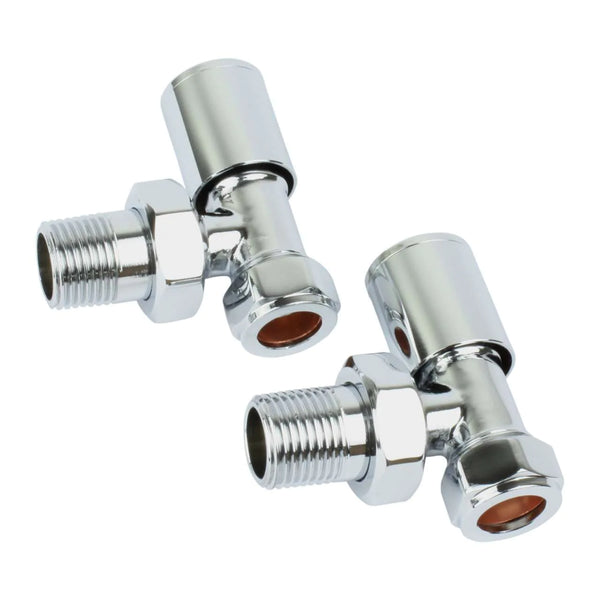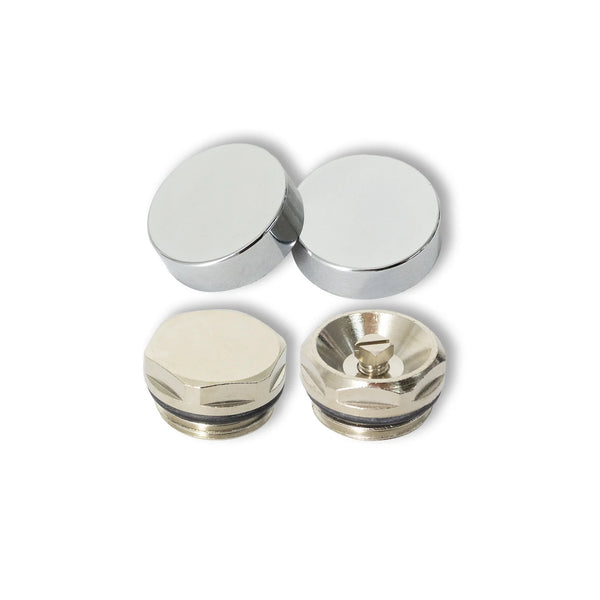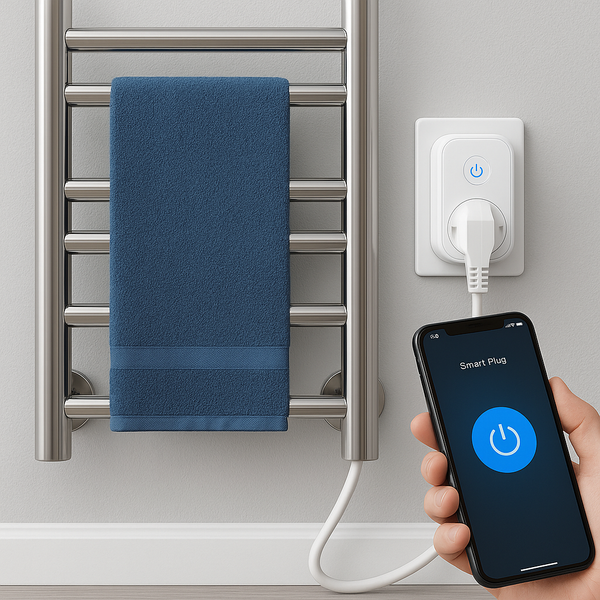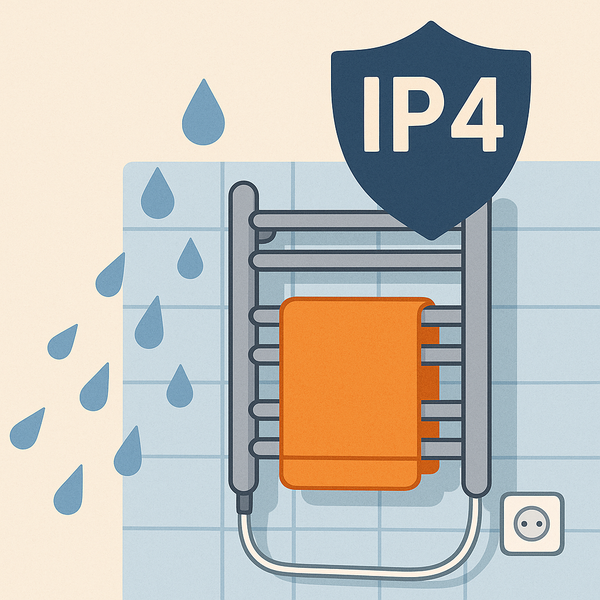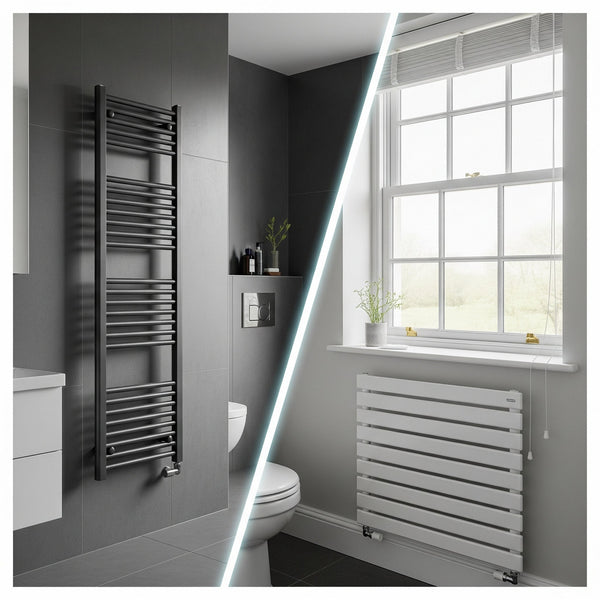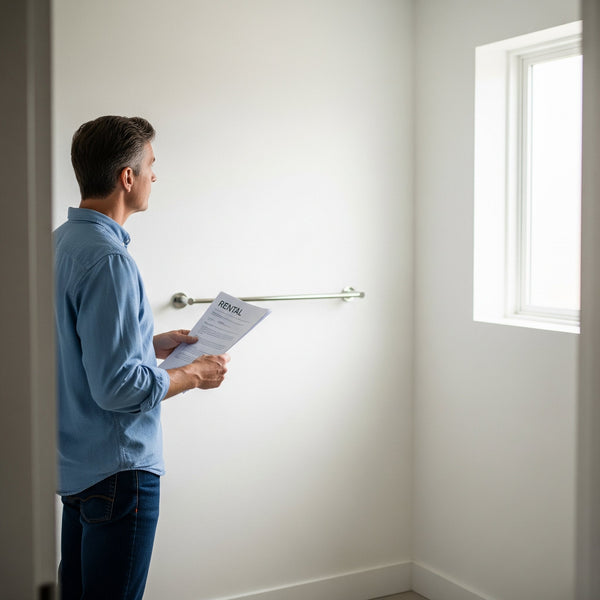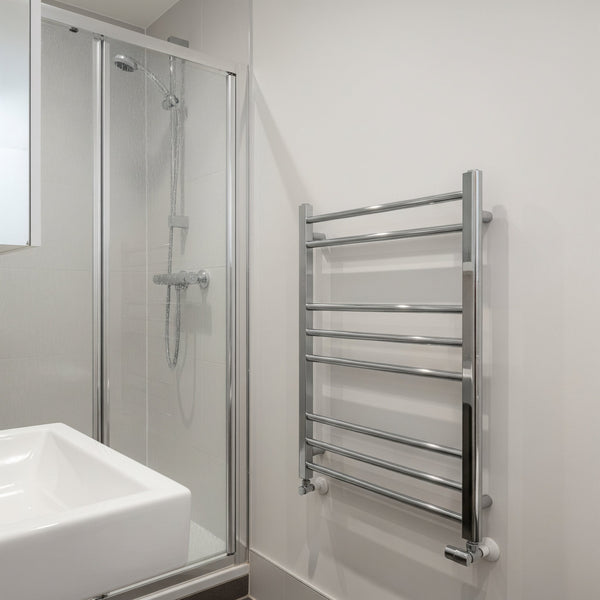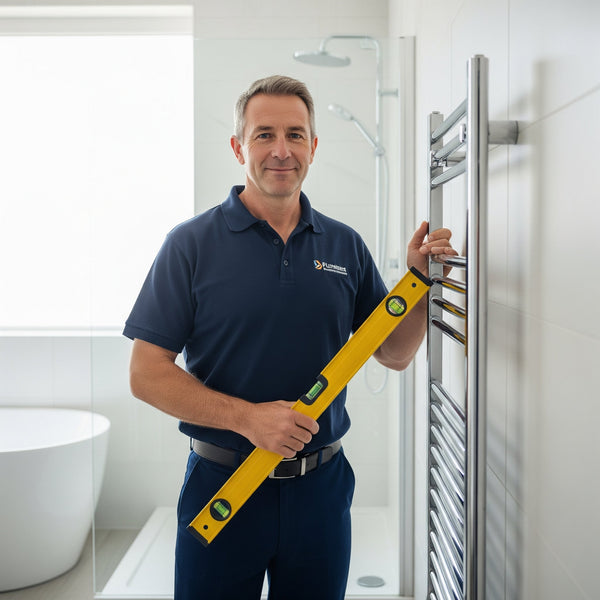How to Save Money on Your Energy Bill with a Towel Rail: 8 Effective Methods
With energy bills being a major concern for UK households, every appliance is under scrutiny. You might look at a cosy, warm towel rail and wonder, "Is this an affordable luxury or an unnecessary expense?" The answer is surprising: when used correctly, a modern heated towel rail isn't just a luxury; it's a smart tool that can actively help you reduce your overall energy consumption and save money on your bills.
It's all about using your heating system more intelligently. Instead of thinking of it as just another radiator, it's time to see your towel rail as a key player in your home's energy-saving strategy. This expert guide from Company Blue will reveal 8 effective, practical methods to turn your towel rail into a money-saving asset throughout the year.

1. Embrace Your Dual Fuel Power in Summer
The Method: During the warmer months (from May to September), turn your central heating off completely. Use the electric element of your dual fuel towel rail to warm your towels as needed.
Why it Saves Money: This is the single biggest saving you can make. Firing up your entire gas boiler which is designed to heat a whole house—just to warm one or two towels is incredibly inefficient and costly. A typical electric heating element (e.g., 300W-400W) costs just a few pence per hour to run. This is a fraction of the cost of running a 24kW gas boiler for the same amount of time. You get warm towels without heating an entire house unnecessarily.
2. Use a Timer or Smart Controller
The Method: For electric or dual fuel towel rails, install a model with a programmable timer or a smart thermostatic controller.
Why it Saves Money: An electric towel rail doesn't need to be on 24/7. Programming it to switch on for an hour before you wake up and for a couple of hours in the evening to dry the towels after use means it's only consuming electricity when it provides a direct benefit. A simple timer can cut its energy use by over 75% compared to leaving it on constantly.
3. Use It as a Zone Heater
The Method: In autumn and spring, or on milder winter days, use your efficiently-sized electric towel rail to take the chill off the bathroom, and keep the main central heating off or your main thermostat set a degree lower.
Why it Saves Money: A bathroom is often a small, well-enclosed space. A 500W electric towel rail can comfortably heat this small "zone" for pennies. Trying to achieve the same level of comfort by heating the entire house with the central heating system uses far more energy. Every degree you lower your main thermostat can save you up to 10% on your heating bill.
4. Bleed Your Radiators for Peak System Efficiency
The Method: Regularly bleed your towel rail and all other radiators in your home to remove trapped air.
Why it Saves Money: Trapped air in radiators creates cold spots, forcing the radiator to work less efficiently. More importantly, it makes your central heating pump work harder and your boiler fire for longer to try and heat the system. A fully bled, air-free system is an efficient system that uses less gas and electricity to reach its target temperature.
5. Choose the Right Size and Power (BTU/Watts)
The Method: Before you buy, use a BTU or wattage calculator to ensure the towel rail is the correct size for your bathroom.
Why it Saves Money: An oversized towel rail with a very high heat output will heat the room too quickly and may lead to overheating and wasted energy. An undersized one will have to work constantly and may never make the room feel comfortable, representing an inefficient use of energy. A correctly sized model from our in-stock range ensures optimal performance without waste.
6. Dry Towels Faster to Fight Damp and Mould
The Method: Use your heated towel rail to ensure towels are always bone dry.
Why it Saves Money: This is an indirect but important saving. Damp towels release moisture into the air, creating a humid environment that is a perfect breeding ground for mould and mildew. Dealing with mould problems can be expensive, requiring special cleaners, re-painting, or even professional remediation. A dry bathroom is a healthy, low-cost bathroom.
7. Keep Your Towel Rail Clean
The Method: Regularly wipe down your towel rail to remove dust and, in hard water areas, any limescale build-up.
Why it Saves Money: Layers of dust and limescale act as insulators. This forces the towel rail to work harder and use more energy to radiate the same amount of heat into the room. A clean, shining surface is an efficient surface.
8. Use Thermostatic Radiator Valves (TRVs) Elsewhere
The Method: Fit TRVs on all other radiators in your home (but use a manual valve on the bathroom towel rail itself).
Why it Saves Money: By allowing you to turn down the heat in unused rooms (like spare bedrooms or dining rooms), TRVs prevent you from heating empty spaces. This makes your entire central heating system more efficient and targeted, meaning the boiler works less and uses less gas. This system-wide efficiency reduces the running cost of every radiator, including your towel rail.
FAQ: Your Energy Saving Questions
Here are our answers to common questions about the running costs of towel rails.
Is it cheaper to run an electric towel rail or my central heating?
It depends on the season. In winter, when your central heating is already on, using the towel rail as part of that system is very cheap. However, in summer, running a small electric element for one hour is vastly cheaper than firing up your entire gas central heating system for that same hour. This is the core benefit of a dual fuel model.
How much does a typical electric towel rail cost to run per hour?
It's easy to calculate. Find the wattage of the element (e.g., 400W, which is 0.4kW) and multiply it by the cost of your electricity per kilowatt-hour (kWh). As of mid-2025, with electricity around 25p/kWh, a 400W element would cost approximately 0.4 * 25p = 10 pence per hour to run at full power.
Will a towel rail use a lot of electricity?
Only if you leave it on constantly. When used intelligently with a timer or thermostat for just a few hours a day when needed, its electricity consumption is very modest and manageable. A modern electric towel rail is an efficient appliance designed for targeted, short-term heating.
Does a chrome or painted finish affect energy efficiency?
Yes, but only slightly. Painted finishes (like white, anthracite, or black) are slightly better emitters of heat than reflective chrome finishes. This means a painted radiator can feel slightly hotter to the touch and radiate heat more effectively for the same energy input. However, the difference in running costs is very marginal and shouldn't be the primary factor in your choice of style.
Can leaving a towel rail on 'standby' use power?
Yes, like most modern electronics, a towel rail with a digital programmer or smart controller will use a tiny amount of power on standby to keep the memory and screen active. This is often called "vampire" or "phantom" power draw, but the amount is extremely small – usually less than 1 watt, costing just a few pounds over an entire year.
